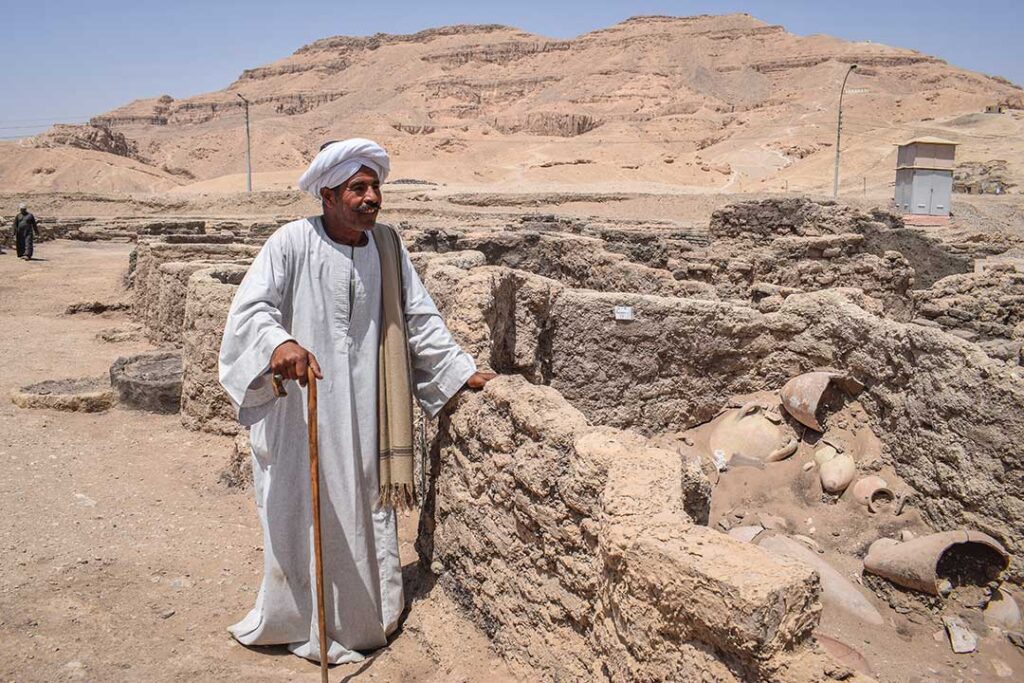BBC NEWS AT BBC.CO.UK/NEWS
The discovery of a 3,000-year-old city that was lost to the sands of Egypt has been hailed as one of the most important archaeological finds since Tutankhamun’s tomb.
Famed Egyptologist Zahi Hawass announced the discovery of the “lost golden city” near Luxor. He said the find was the largest ancient city, known as Aten, ever uncovered in Egypt. The city dates to the reign of Amenhotep III, one of Egypt’s most powerful pharaohs, who ruled from 1391 to 1353 B.C. The city continued to be used by pharaohs Ay and Tutankhamun, whose nearly intact tomb was discovered in the Valley of the Kings in 1922.
Betsy Brian, a professor of Egyptology at Johns Hopkins University, said the city would “give us a rare glimpse into the life of the ancient Egyptians” at a time when the empire was at its wealthiest.
The dig yielded a large number of valuable archaeological finds, including jewelry, colored pottery, scarab beetle amulets and mud bricks bearing seals of Amenhotep III. The team began excavations on the west bank of Luxor near the Valley of the Kings, 500 kilometers south of the capital, Cairo.
“Within weeks, to the team’s great surprise, formations of mud bricks began to appear in all directions,” Hawass said in his statement. “What they unearthed was the site of a large city in a good condition of preservation, with almost complete walls, and with rooms filled with tools of daily life.”
Several areas or neighborhoods have been uncovered, including a bakery, an administrative district and a residential area.
“Many foreign missions searched for this city and never found it,” said Hawass, a former antiquities minister.

